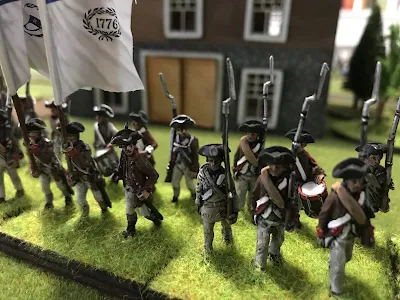 |
| Final parade of the 26th Yankee Division at Fort Devens 1919 |
Janine and I have been doing daily walks over at Fort Devens. It is a chance to get out, get some exercise and fresh air. The Fort was mostly closed years ago. There is still a very small military presence but the majority of the fort is open to the public and being developed for public use. We are very familiar with the area as we lived there for six years.
 |
| Fritz loves going to Fort Devens |
 |
| Gardens near old Commandant House. |
 |
| Steps to another adventure. |
There is a lot of open areas. Since not too many people are familiar with it we sometimes feel we have the base to ourselves.
The crown jewel of the base is Rogers Field. One can still imagine formations of troops drilling there. Janine's father (3rd Ranger battalion) at the end of WW2 and my grandfather (101st regiment, Yankee Division) at end of WW1 both were on the base when they were mustered out of service. So we have a connection with the site.
One reminder of our present situation was discovered the other day. Along with memorials to veterans in many ways was a new market out up last year. It was to the Spanish Flu epidemics that swept through the base at the end of WW1.



































